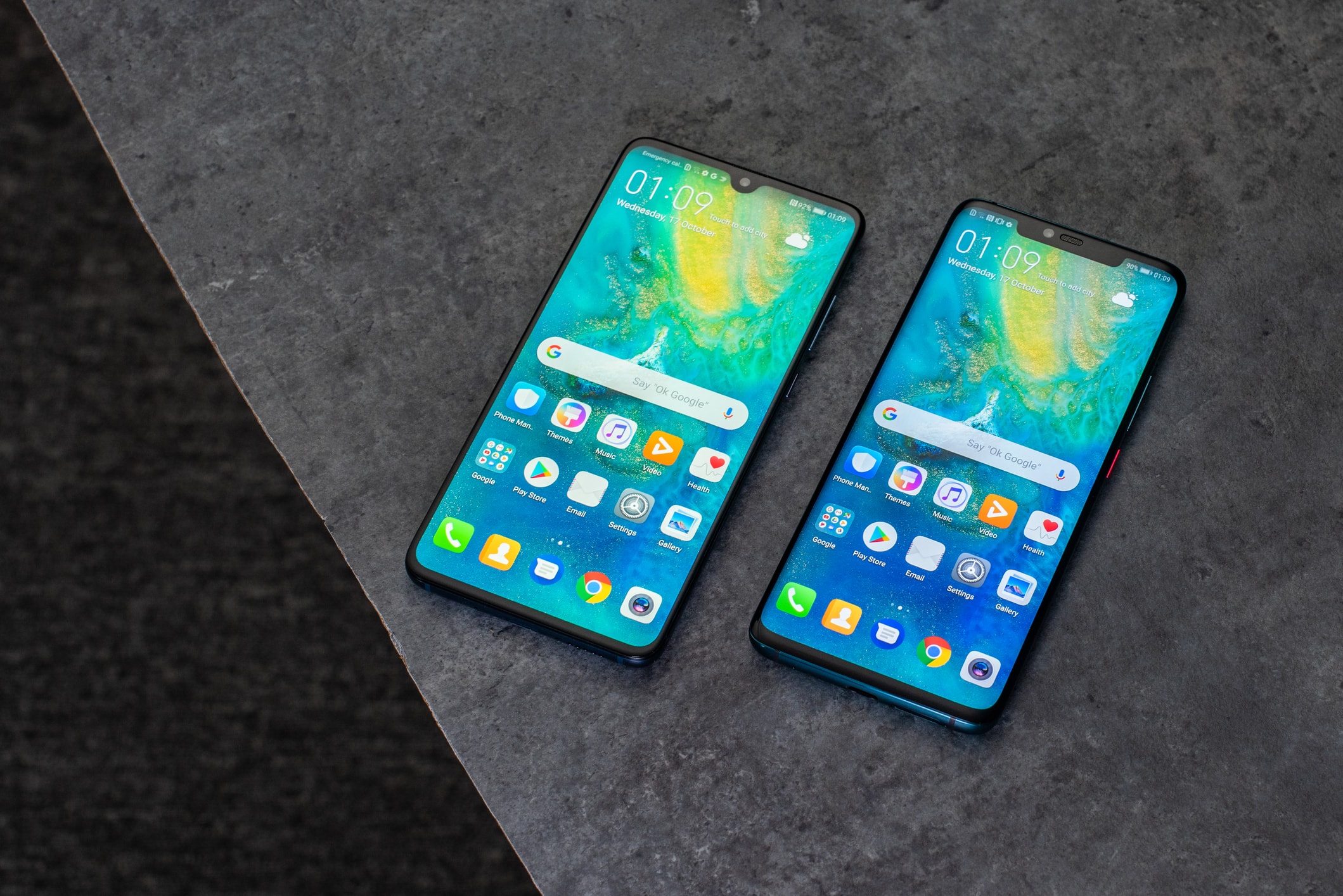It’s no secret that the mobile app industry is huge. But with so many apps available, it’s becoming increasingly difficult for developers to stand out from the crowd. The Ultimate aim is to create emotionally engaging apps that users will love enough to keep coming back to.
By carefully considering the emotions you want to evoke, you can design an experience that will hook them on an emotional level. This emotion-led design needs to focus on every aspect of the app’s user experience.
Keep in mind that it’s not enough to simply create visually appealing apps – you need to make sure that it’s emotionally engaging too.
What is emotional design, and why is it important?
Emotional design is the process of creating an app experience that evokes a specific emotion in your users. It’s essential for developers to understand the psychology of emotion and to use it to create an app that users will love.
The reason that emotional design is so important is due to the fact it can influence user behaviour in a positive way. By evoking positive emotions in your apps, such as happiness, excitement, or satisfaction, you can encourage users to keep coming back to your app and recommend it to others.
Negative emotions can have the opposite effect, so it’s important to understand and avoid potential negative experiences before they occur.
How do you create emotionally engaging apps?
There are a number of things you can do to create an emotionally engaging experience for your mobile app users. Here are just a few:
1. Make sure the app is visually appealing. This may seem like a no-brainer, but if the app isn’t visually appealing, users are likely to lose interest very quickly. The design should be well thought out, and appropriate colour palettes should be chosen based on scientific colour theory.
2. Use positive reinforcement at all times. Positive reinforcement encourages users to continue using the app by rewarding them for the actions you want them to take. This could be anything from awarding points for completing tasks to offering monetary incentives. Understanding motivators and the different types of emotional rewards is key here.
3. Truly understand the real-life situation your users will be going through and carefully map out how your app can work best within those situations. Emotional design is about understanding human behaviour and creating emotionally engaging app experiences that feel natural for the user.
4. Focus on creating a personalized experience for your users. Personalization can increase engagement and make users feel valued, leading to a more emotionally positive experience.
5. Aim for simplicity and ease of use. Frustration and confusion can quickly lead to negative emotions, so keeping the user experience simple and straightforward will improve their overall emotional response to your app.
How do we measure the emotional success of our mobile apps?
It’s important to think about how you’re going to measure the success of your app. How will you know if your app is meeting its goal of emotionally engaging users? With such an intangible aspect of human psychology, we have to instead look at quantifiable behaviours.
One way to track this is by looking at user engagement metrics such as session length, time spent in the app, and the number of active users. If you see that these numbers are declining over time, it may be a sign that your app isn’t resonating with users the way you’d hoped.
People emotionally engaged with your app will also readily share it on social media. Look out for positive posts surrounding your app and look for key stories people share that have resulted from an emotional connection.
What are some of the most common emotions that apps try to evoke?
Some of the most obvious emotions that apps try to evoke in their users include happiness, excitement, nostalgia, and relaxation. However, it’s important to tailor your app’s design to target the emotions you’re hoping to evoke.
There are much stronger emotions that come from feeling reassured, listened to, and supported. Ensure your app covers these key themes.
Are there any dangers associated with emotional design?
Understanding your app users and creating an emotionally-led app comes with a great deal of responsibility. It’s important to be aware of the dangers associated with emotional design, especially if the subject matter of your app is not entirely positive.
One danger is that you may create an app that’s too addictive, and whilst this is good if the app is building positive behaviours, it can also be very destructive when promoting more negative ones.
Think carefully about your app and users when deciding which emotions you want to evoke. Ensure they are appropriate for the subject matter, and be careful that users are having a positive overall experience. Carefully considering all users’ mental health and emotional intelligence is critical.
Conclusion
Creating an emotionally engaging experience in your app means understanding what emotions you want to evoke in users. You must tailor the design using colour theory and psychological principles to achieve that. You also need to think about how you’re going to measure success and track user engagement. These metrics are essential in making sure your apps are meeting their goals. If user engagement is declining over time, it may be a sign that your apps are no longer resonating with users the way you’d hoped. When this happens, it may be time to reassess your users’ emotional state.
Share this
Subscribe To Our Blog
You May Also Like
These Related Stories

What You Need to Know About the Latest Technologies for Your App

Best Practices for App Permissions: How to Not Scare Away Users





